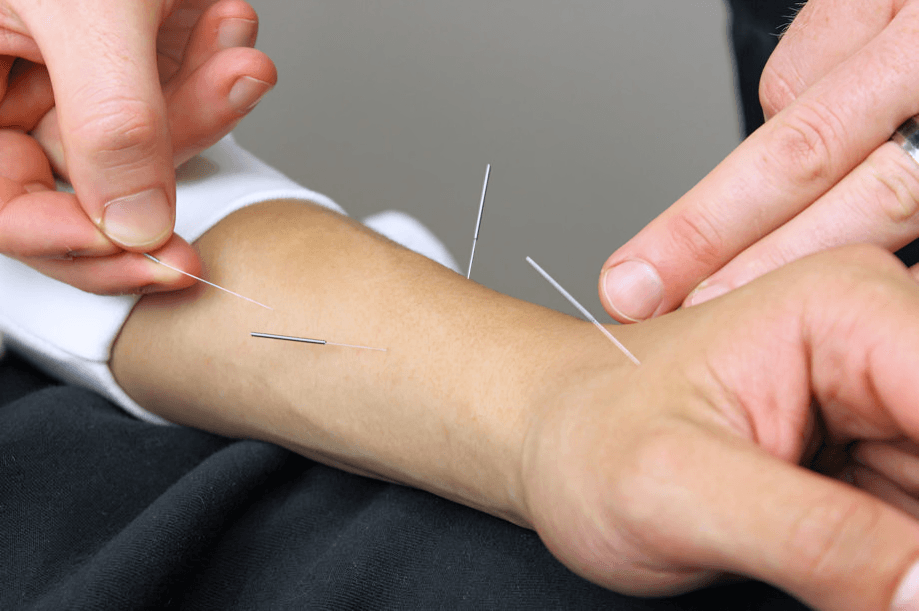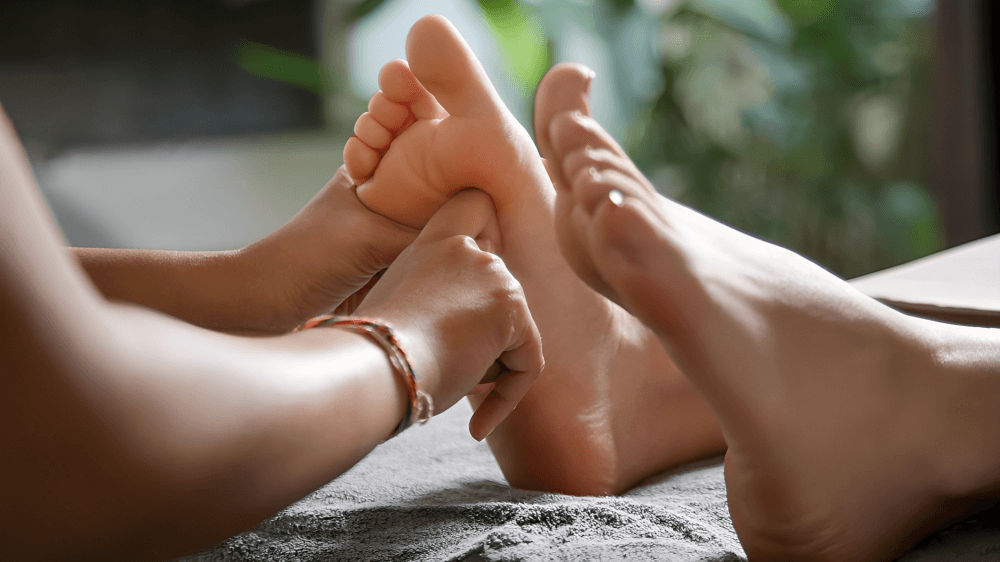
“
Acupuncture and reflexology benefits are increasingly recognized across wellness communities, yet myths continue to cloud their true effectiveness. Acupuncture uses thin needles to stimulate energy points, while reflexology applies pressure to feet or hands believed to connect with internal organs. From pain relief to stress reduction, their benefits are real but often exaggerated by popular beliefs. 1
1
”
Acupuncture involves stimulating meridian points with fine needles to restore balance. This activates the body’s natural painkillers, often helping with back pain, migraines, and arthritis when used consistently. 1
Reflexology focuses on specific foot areas believed to connect with organs. By applying pressure, it stimulates nerve pathways, improving blood flow and reducing stress without using needles or medications. 2

While acupuncture is often assumed to be painful, most people experience only slight tingling or warmth during sessions. The needles are incredibly thin and designed not to damage or cut skin tissues.
Clinical trials show acupuncture can reduce chronic pain more effectively than standard treatments like painkillers. It’s now recommended in several Western countries for musculoskeletal issues. 3
One myth suggests reflexology cures diseases directly. While it doesn’t cure, it supports wellness by easing tension and promoting relaxation—key for supporting the body’s natural healing process. 4
Acupuncture boosts serotonin and endorphin production in the brain. This chemical response reduces pain and elevates mood, making it effective for managing depression, insomnia, and emotional stress. 5
Acupuncture’s roots go back over 2,500 years in Traditional Chinese Medicine (TCM). It’s based on the idea that energy (Qi) flows through meridians, and blockages in these channels may lead to illness. 6
Reflexology has been found to lower cortisol levels, the body’s main stress hormone. This benefit helps reduce stress-related conditions like high blood pressure and frequent headaches when done regularly. 7
Acupuncture does not require belief to work. Even skeptics report pain relief after treatment. Its effects are physiological, not purely psychological, and often measurable through medical imaging. 8

Reflexology isn’t just for adults—pediatric reflexology is gaining popularity. Parents use it to relieve children’s digestive issues, teething discomfort, and even sleep troubles, all through gentle foot pressure.
Acupuncture can complement cancer treatments. It won’t cure cancer, but it helps relieve chemotherapy side effects like nausea and dry mouth, improving patients’ quality of life during treatment. 9
Reflexology and acupuncture are both preventive care techniques. When used regularly, they help reduce stress accumulation and support better organ function, reducing the risk of chronic illness over time. 10
Dr. William Fitzgerald, an American physician, is credited with introducing reflexology to the West in the early 20th century. He mapped the body into zones and used pressure to treat various internal conditions. 11
Reflexology should never replace medical care. It works best as a supportive therapy alongside medical treatments, helping the body relax and recover faster through improved circulation. 12
Reflexology doesn’t require oils or lotions unless desired. The practice is based on touch techniques alone, relying on pressure points, not substances, to activate the body’s internal balance and recovery. 13

Acupuncture is increasingly accepted by mainstream healthcare. Even the World Health Organization lists over 100 conditions where acupuncture shows some level of benefit, including asthma and anxiety.
Reflexology research is growing, with studies suggesting it helps people with multiple sclerosis, fibromyalgia, and chronic fatigue syndrome by reducing symptoms through neurological stimulation and blood flow. 14
Acupuncture can reduce the need for medications in certain cases. Patients report needing fewer painkillers or sleeping pills after routine sessions, highlighting its role in promoting natural healing. 15
Unlike massages that treat muscles, reflexology works on nerve endings. These nerves carry signals that may affect organ performance, thus making it a unique blend of relaxation and targeted stimulation. 16
Acupuncture isn’t just for physical pain. It’s been used to manage addiction, menstrual cramps, and even allergies—stimulating certain points appears to rebalance hormonal or immune system responses effectively. 17


